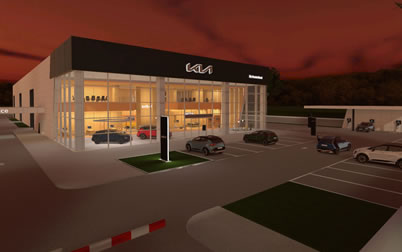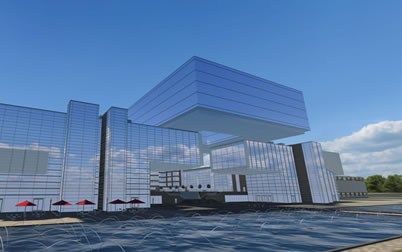A virtual clone of your real-world location
Digital Twins have gained popularity for good reasons. For example, with the right tools, developers, and assets, they are relatively easy to build. Companies and Universities can now can create Digital Twins of their own workspaces, showrooms, conference halls, classrooms and more.
Digital Twins are used extensively for training and development programs such as safety training, role play and task-based learning. They are also used in educational settings for remote students to get an “On Campus” experience where they can mix with other students and attend virtual classes.
ENGAGE provides an end-to-end service to build, deploy and manage Digital Twin locations, but can also import virtual assets for those who already have them ready to go. Get in touch with our expert content team to start your digital journey today.
Digital Twin Examples
Built and deployed on the ENGAGE platform
KIA Europe
Used for marketing, sales training and development this is an exact replica of a KIA showroom.
Exxon Mobil
Used for events, training and development this locaion is a replica of Exxon Mobil HQ in the USA.
Interpol Europe
Used for events, training, studies and social gatherings this locaion is based on the exterior of Interpol Europe’s HQ in France.



